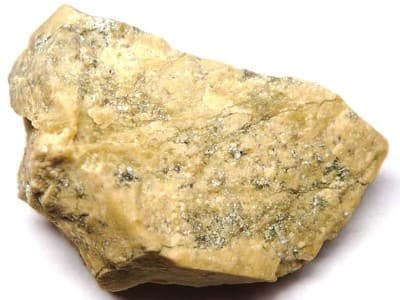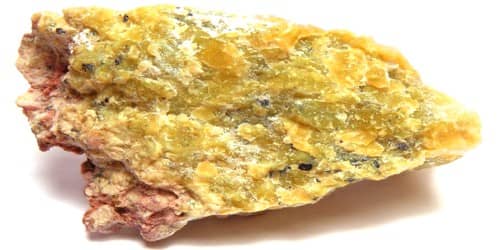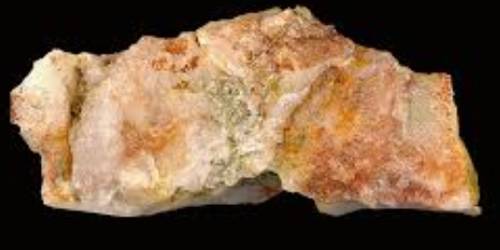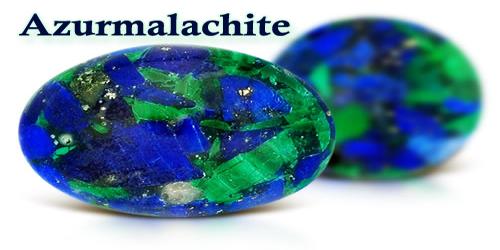Lizardite, which is much more common, forms a solid solution series with népouite. Extremely fine-grained, scaly lizardite (also called orthoantigorite) comprises much of the serpentine present in serpentine marbles. It is triclinic, has one direction of perfect cleavage, and maybe white, yellow or green.
Lizardite is named after its type locality on the Lizard Peninsula, Cornwall, UK. It is worked by local artisans into various trinkets which are sold to tourists.
General info –
- Other Names: Orthoantigorite, Népouite
- Crystal Habit: generally massive, also fibrous and microscopic pseudohexagonal platy crystals
- Refractive Index: 1.560 to 1.571
- Sources: Europe, Canada, Russia, USA
- Chemical formula: Mg3Si2O5(OH)4.

Properties of Lizardite
Lizardite is the most common serpentine species. Lizardite is translucent, soft (hardness 2.5) and has an average specific gravity of 2.57. It can be pseudomorphous after enstatite, olivine or pyroxene, in which case the name bastite is sometimes applied. Bastite may have a silky luster. It forms extremely fine-grained scales and massive aggregates, very rarely crystals up to 2 mm of green, light yellow to white, colorless to pale green color.
- Cleavage: {001} Perfect
- Color: Green, Green Blue, Yellow, White.
- Density: 2.55 – 2.6, Average = 2.57
- Diaphaneity: Translucent
- Hardness: 2.5 – Finger Nail
- Streak: white
- Moh’s scale (hardness): 2-2.5
- Lustre: waxy
Occurrence: Typically a product of retrograde metamorphism, replacing olivine, orthopyroxene, or other minerals in ultrama¯c igneous rocks.
Lizardite is used for ornamental carvings.
Association: Chrysotile, brucite, magnetite.
Information Source:
















